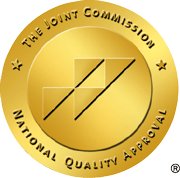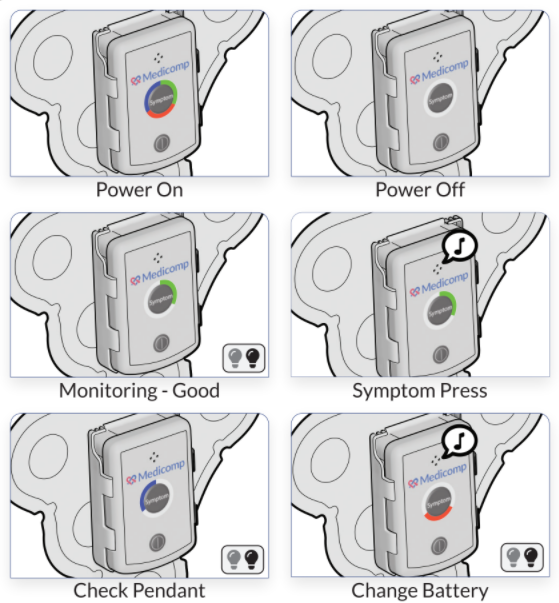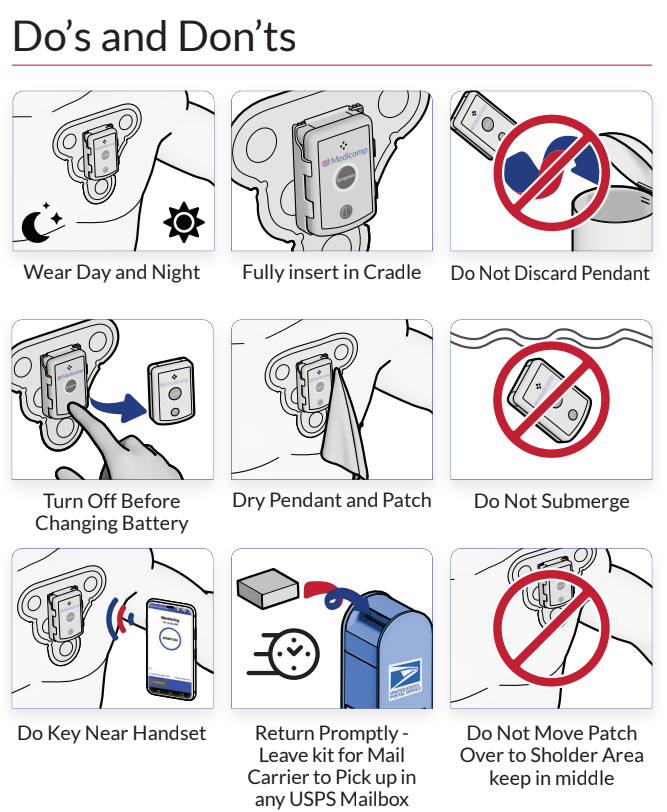The office visit is usually a rushed affair with a greeting, question and answer session, diagnosis, and, if necessary, a follow-up with medication changes or diagnostic tests. The patient is dismissed, and you move on to the next examination room. ReactDx, the wearable cardiac monitor professionals, has important facts and information pertaining to following up with your patients.
According to a study on medication literacy, it was determined that of the 86% of patients who recognized they were prescribed a new medication, only 64% knew the medication’s name or its purpose, and only 11% remembered being informed of any of the medication’s adverse effects. This brings to light at least two distinct possibilities: the patient was overwhelmed with information and could not take in the majority of the information; or the information was not explained in terms the patient could understand. In either scenario, the patient’s health is at risk because he or she may be completely unaware of any adverse side effects. Both instances can be easily overcome with a quick follow-up call, office visit, or text. Today’s technology can even allow for video conferencing with patients to determine whether they’ve fully understood all home instructions and medication protocol.
When you or a member of your staff take the time to reach out to a patient after an office visit, it greatly increases patient satisfaction. During an office visit, patients are often scared of a frightening diagnosis or feel vulnerable because they view doctors in a class well above their own. Therefore, they can become tongue-tied or forget the questions they truly wanted answered. By following up, you can ensure medications are taken properly and lab visits or consultations any specialists are scheduled. Patient satisfaction is important for another reason: medical reimbursement has become more closely linked with how pleased patients are with their physicians.
To help patients who seem to be falling through the cracks, monitor their electronic health records to ensure they have had labs drawn and communicate the results to those patients in a timely manner; contact the patient to check they understand new health treatments; and correspond by mail, phone, text, or any other means to keep the line of communication open between your office and your patients.
Your patients’ health is your top priority. Help every patient feel more confident by following up after every meeting. They will feel more at ease, which will alleviate their anxiety and help when they have more than simple routine questions. To learn more about the latest technology in wearable cardiac monitors, call ReactDx at 800-23-HEART or send us an online message.



